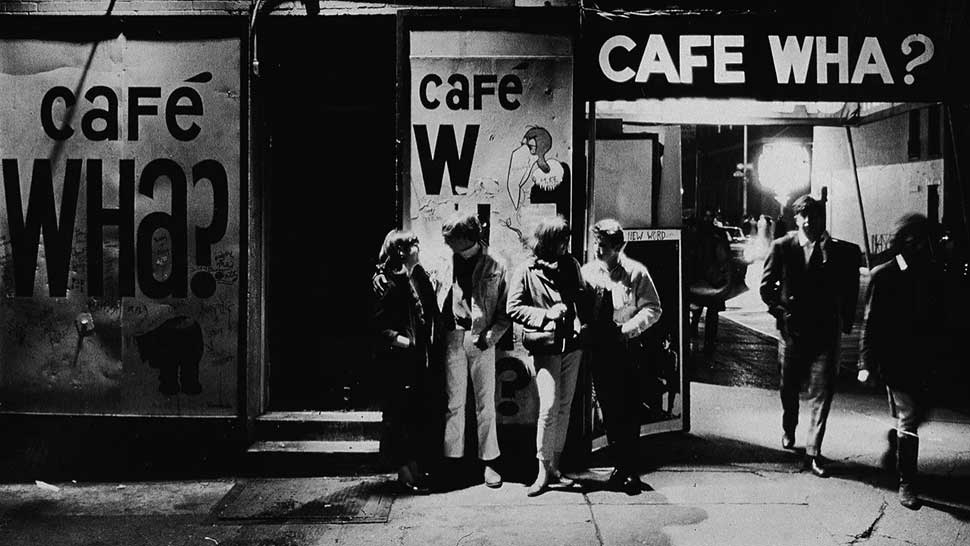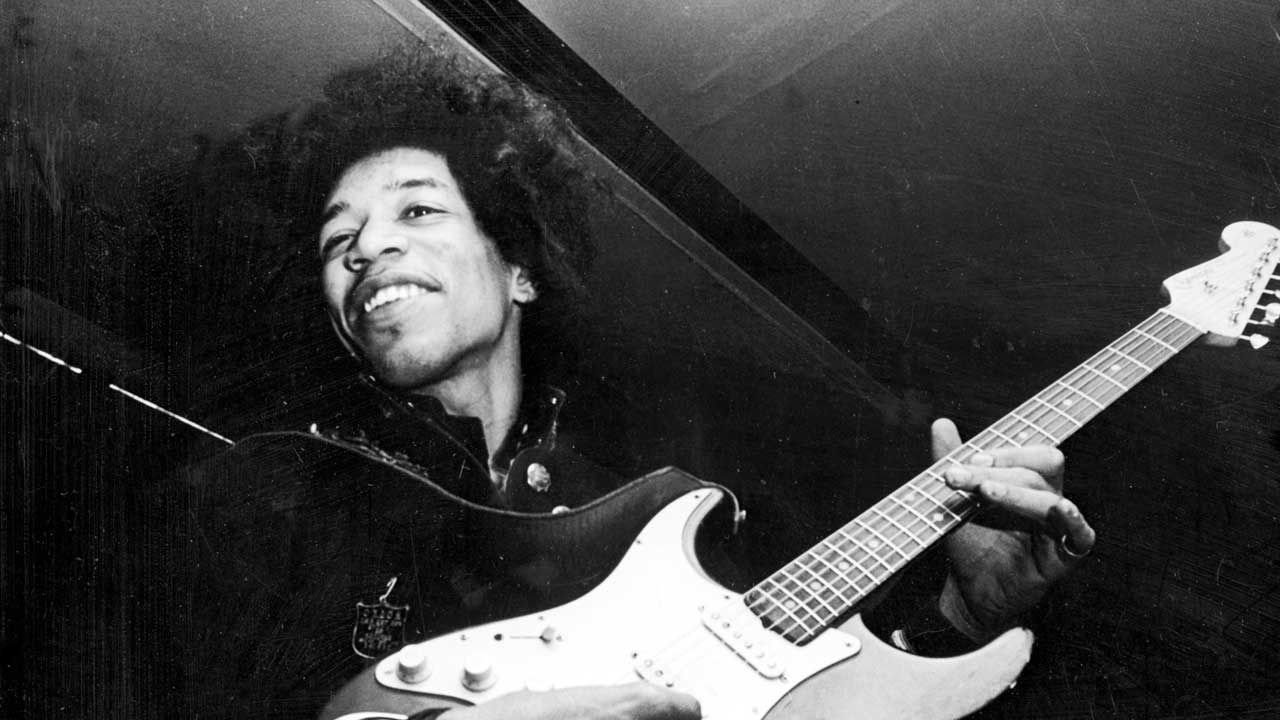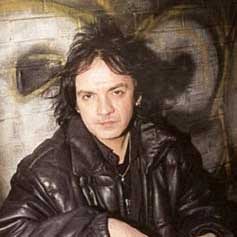It was folk singer Richie Havens who suggested Jimi Hendrix try his luck at downtown club Cafe Wha?, where Bob Dylan first played when he hit New York in 1961.
Havens called owner Manny Roth to tell him to expect this new guitar sensation. When Hendrix turned up at one of the afternoon hootenanny sessions, Roth suggested he play a solo spot during the house band’s break. Instead he found himself fronting its intrigued rhythm section, and blew the roof off. Roth instantly offered Jimi a regular stint, at six dollars for five sets a day. After years of uniforms, rules and frequent ridicule, he had found a place to develop his own audience.
Hendrix’s set included soul covers such as In The Midnight Hour and Knock On Wood, Howlin’ Wolf’s Killing Floor and Don Covay’s Mercy Mercy, plus embryonic versions of his own Foxy Lady and Third Stone From The Sun.
Jimi’s call-girl girlfriend Carol Shiroky recalls him learning The Troggs’ Wild Thing from the radio, and surprising her with it on her birthday after leaping out of the bathroom naked. The song became his first epic show-stopper.
Hendrix also learned a murder ballad called Hey Joe, which had grabbed him when he heard it on the nearby Cock ’n’ Bull bar jukebox. It had been covered at breakneck speed by The Leaves and Love, but Jimi loved this new slow version by Village folkie Tim Rose and worked it into his set.

Hendrix was undergoing a transformation. Inspired by Sun Ra percussionist Jimhmi Johnson, he changed his own name outside the club to J-I-M-I. Ken Pine, guitarist with NY activist poets-cum-musicians The Fugs, gave Jimi his first customised fuzz box. Seeing this change first-hand, Linda Keith, Keith Richards’ girlfriend, borrowed The Rolling Stones man's white Stratocaster and gave it to Jimi on indefinite loan.
“It was so clear to me,” Linda said in an interview. “I couldn’t believe nobody had picked up on him before because he’d obviously been around. He was astonishing – the moods he could bring to music, his charisma, his skill and stage presence. Yet nobody was leaping about with excitement. I couldn’t believe it.”
She was also pivotal in corralling people to see Hendrix play live. Stones manager Andrew Loog Oldhan was unmoved – he said he found the relationship between Linda and Jimi uncomfortable; she said he simply found Hendrix too wild.
More impressed was The Animals’ bassist Chas Chandler, who was hoping to move into producing and was scouring the city for someone to cover Hey Joe, which he’d heard on the radio. Linda knew just the guy, and invited Chas to an afternoon set, which Jimi began with that very song.
“I thought immediately he was the best guitarist I’d ever seen,” recalled Chandler, who hit it off with Jimi and invited him to try his luck in the UK when The Animals’ tour finished.
He took him up on the offer. On September 23, 1966, Jimi Hendrix made that first fateful trip to the UK, and all the hardship, taunts and frustration soon melted into memory.

